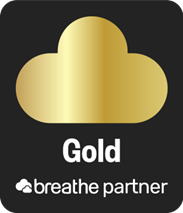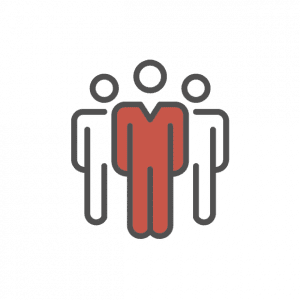You probably agree that LinkedIn can be a fantastic tool for any business owner or ambitious professional seeking to make a mark on their industry. You can touch base with old contacts, keep your network updated about what you have to offer, join groups of likeminded people, and even generate qualified leads for your business. And, of course, it feels like a much more productive use of your time than Facebook!
If you and your employees are reliant on the social site though, there’s a very big issue that you might not have yet considered. If your staff move on to pastures new, who exactly owns the contacts that they acquired whilst working for you? And are you running the risk of having them ‘stolen’, and used to start new, competitor businesses?
In July 2013, the issue was raised in UK courts for the very first time. It was the case of Whitmar Publications Limited v Gamage, and Whitmar fought for an injunction against former employees who used the business’s LinkedIn group contacts to market the launch of a new business. They’d also taken business cards from the premises, and databases with customer details. Written judgement was handed down in favour of the employer, and the takeaway was that the information that was being used was confidential and belonged to Whitmar.
The judge said, in relation to Ms. Wright, a colleague of Mr. Gamage, who was involved in the set-up of the new business: “Ms. Wright was responsible for dealing with the LinkedIn groups as part of her employment duties at Whitmar.
Those groups operated for Whitmar’s benefit and promoted its business, and Ms. Wright used Whitmar’s computers to carry out her work on the LinkedIn groups”. It’s interesting to note here that the judge seemed to be of the opinion that the LinkedIn group effectively belonged to the employer – even though LinkedIn’s own terms of service state that any information within their users’ accounts belong to that particular user.
Of course, in this particular case, we’re looking at a LinkedIn group, rather than a personal account. It isn’t entirely clear what stance the law will take in the future, and how exactly these cases will be approached. A personal LinkedIn account is likely to hold contacts from various previous employers, and that’s where we start to get into a much greyer area. As social media becomes very much an everyday part of business life though, it pays for employers to be prepared.
So what exactly can you do, as a business owner, to avoid similar problems from occurring? Though this case ruled in the favour of the employer, there’s no indication that this will apply in similar but slightly different situations in the future. It was a pretty cut-and-dry situation, and it was easy to demonstrate that the poaching of the contacts had definitely taken place. As well, it goes without saying that businesses need to nip potential problems in the bud and develop a clear stance for moving forward, rather than firefighting once the situation has escalated.
Here are some practical considerations that you might want to implement in your business:
- Make sure that you have a clear and well-communicated social media policy that outlines expectations when it comes to employees using sites such as LinkedIn in the workplace, including ownership of contacts.
- If you have members of staff managing profiles or groups on behalf of the
- business, ensure that you have access and can take over the management if they leave your business.
- Consider the implications of a sole employee having all the passwords and log in details. It’s a risk that should be avoided.
- Consider implementing contractual post-termination restrictions, which prevent employees getting in touch with and soliciting your customers and clients. This should apply to social media, as well as more traditional methods such as telephone.
- If you don’t have a robust strategy when it comes to managing the use of social media, now is a good time to get everything in order. If certain circumstances do occur, it’s safe to say that the very future of your business could rely on it.




















